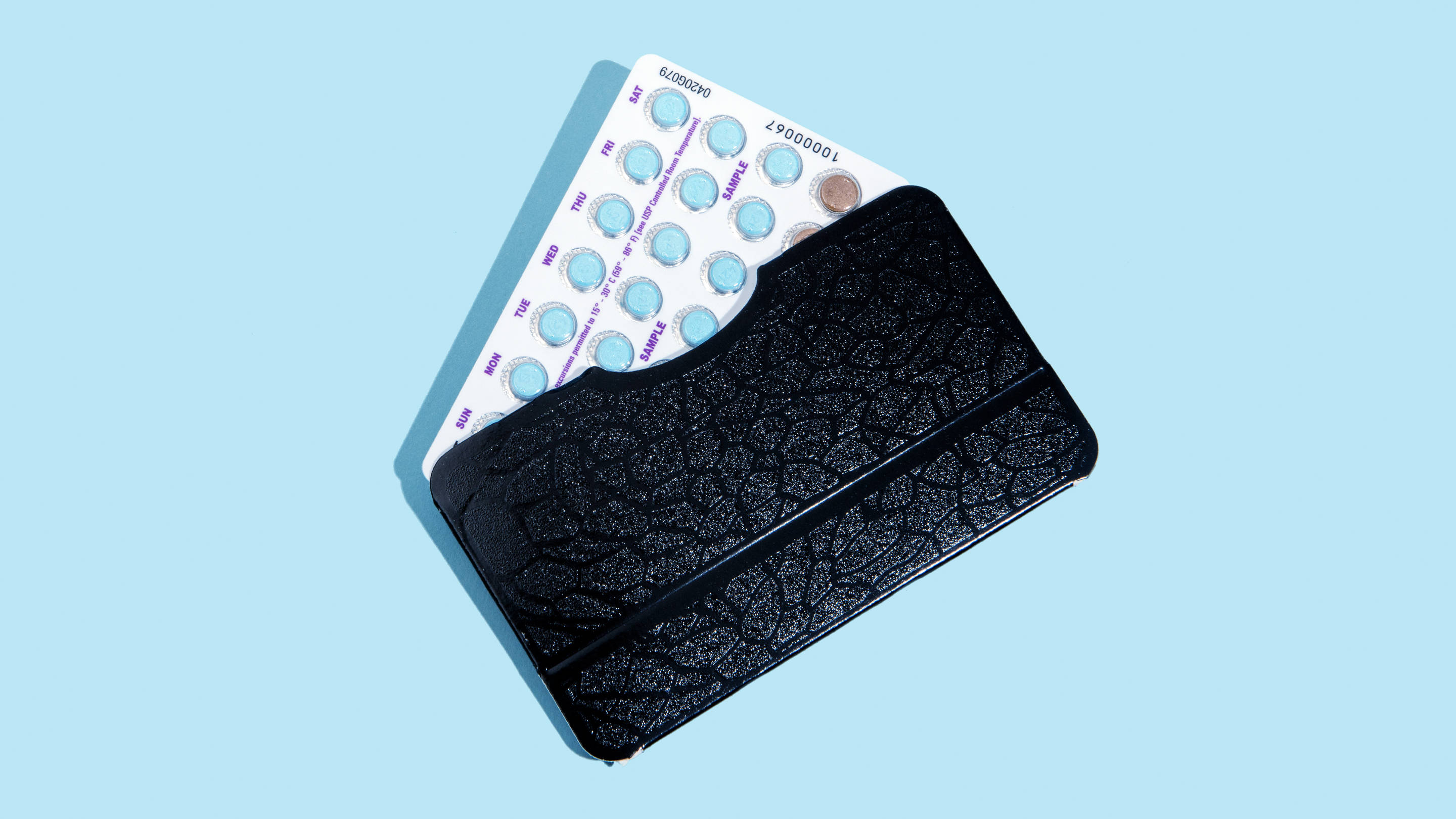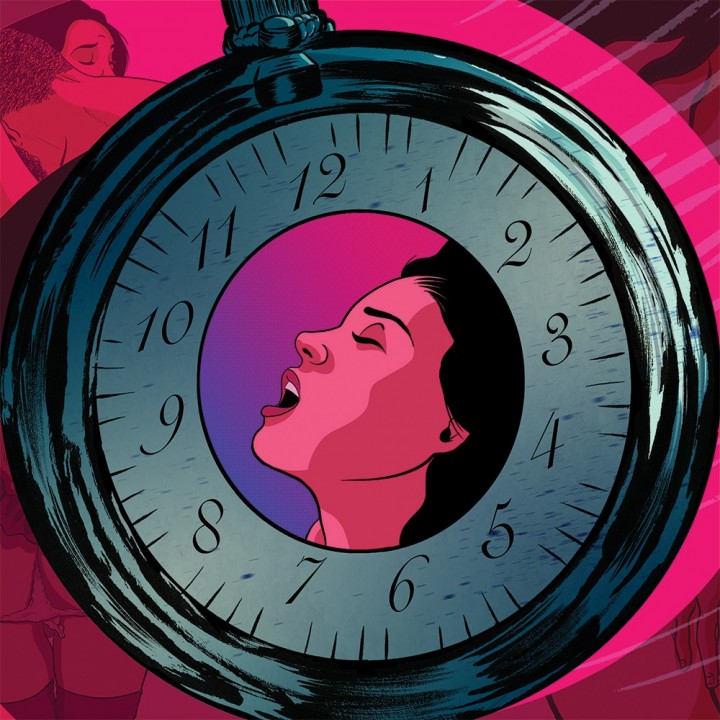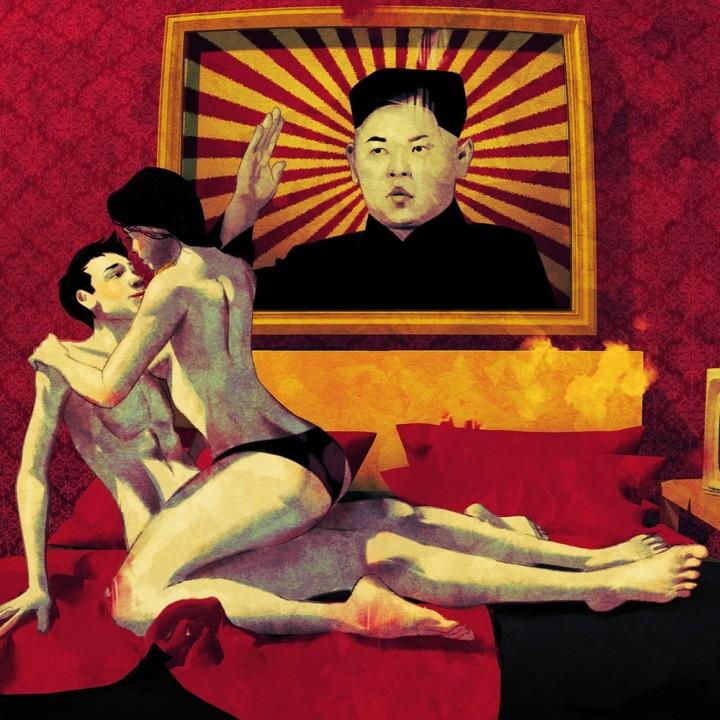
A Rape Allegation Is the Very Tip of Brett Kavanaugh’s “Woman Problem”
By now everyone has heard about the rape allegation against U.S. Supreme Court nominee Brett Kavanaugh. The hearings were already tumultuous, but now they’re about to be especially rough now that his accuser, Christine Blasey Ford, will face him in what is sure to be a public showdown on Capitol Hill next week. It’s the most recent and possibly the most crucial salvo in the last-ditch effort to derail Kavanuagh’s contested nomination. It’s also the latest entry on a growing list of evidence that points to Kavanaugh’s “woman problem.” The first was his slippery side-stepping when it came to questions on women’s bodily autonomy, namely abortion rights and birth control access.
“As a general proposition, I understand the importance of the precedent set forth in Roe v. Wade,” he responded to a question from Senator Dianne Feinstein, saying that Roe, and the subsequent Planned Parenthood v. Casey decision, found that “a woman had a constitutional right to obtain an abortion before viability, subject to reasonable regulation by the state, up to the point where that regulation constitutes an undue burden on the woman’s right to obtain an abortion.”
His assurances are largely meaningless, however, in light of the ongoing strategy of opponents of abortion, which isn’t to overturn Roe itself, but to stealthily chip away at abortion access until the right to abortion becomes only theoretical for many women. There has been an onslaught of anti-choice laws passed in state legislatures in recent years in anticipation of a more conservative Supreme Court that would greenlight increasingly restrictive abortion limits. These laws include bans on medical abortion, 20-week abortion bans, and lengthy waiting periods. According to the Guttmacher Institute, state legislatures enacted some 400 new abortion restrictions between 2010, when Republicans took over a number of statehouses, and 2017.
Birth Control Is Healthcare, and Healthcare Is a Human Right
The Trump administration released regulations allowing any employer to deny birth control coverage

The tea leaves make it pretty clear where Kavanaugh will come down, gutting Roe while leaving its shell intact.
Kavanaugh noted that Roe allows abortion “before viability,” which at the time of the decision was about 28 weeks or the end of the second trimester. However, viability itself is a moving target, as new technologies push the limits of when pre-term infants can be saved. The Casey decision recognized this and defined viability as 23 or 24 weeks. Now opponents of abortion are making the scientifically unproven claim that fetuses can feel pain at 20 weeks after fertilization to push for a ban that would limit abortion after 22 weeks. Such a ban will “disproportionally affect young women and women with limited financial resources” according to a study by University of California-San Francisco researchers, because they are more likely to seek later abortion.
Kavanaugh also noted that states can regulate abortion, but cannot impose an “undue burden” on women. However, this is subject to the interpretation of individual justices, and conservative justices tend to give much more weight to the states’ interest in protecting fetal life and thus view laws designed to discourage women from having abortions as mere inconveniences. As a result, what were 24-hour waiting periods were extended in some states to 48 hours, and the requirement was added that women make two separate trips to the clinic. As if this isn’t a sufficient hurdle, five states now require a three-day waiting period. These laws are often combined with mandatory ultrasound measures and state-written harangues about the certainty of fetal personhood and the (false) dangers of abortion that are clearly designed to scare women away from the procedure.
The likely outcome of this under a Supreme Court that includes Kavanaugh is that many conservative states would have some combination of time-and-money sucking waiting periods, bans on specific abortion procedures and/or abortion after 20 weeks, parental consent measures with little room for opt-out, forced ultrasound measures, and laws designed to discourage abortion providers. The net effect will be that abortion will be extremely difficult for many women to access, especially younger women and poorer women and disproportionately women of color. But Roe itself, as Kavanaugh stated, would remain intact.
The phrase “abortion on demand” has long been used by opponents of abortion as a kind of code to denigrate the abortion choice as some kind of female whim.
In 1973, when Roe was handed down, there was only one Catholic on the Supreme Court, William Brennan, who joined the majority decision to legalize abortion. As a Catholic, Brennan was personally opposed to abortion. “I wouldn’t under any circumstances condone an abortion in my private life,” he told biographers Seth Stern and Stephen Wermiel. But he had no problem separating that from what he did as a public official. He said his Catholicism had “nothing to do with whether or not those who have different views are entitled to have them and are entitled to be protected in their exercise of them. That’s my job in applying and interpreting the Constitution.”
But since then, there’s been a radical departure from that standard by many right-leaning Catholics, who hold that observant Catholics must enforce Catholic doctrine in the public square. This was largely at the prodding of the Vatican under Popes John Paul II and Benedict and the U.S. bishops, who, beginning with the 2000 presidential elections when George W. Bush was elected, sternly told Catholics that good Catholics must reflect Catholic teaching on abortion in all aspects of their lives, including the voting booth. The most glaring example of this “mission creep” on the part of Catholics was the backlash against observant Catholic John Kerry after a bishop said that good Catholics couldn’t vote for him because he favored abortion rights.
As a result, today’s conservative, observant Catholics like Kavanaugh are a far cry from Justice Brennan. Hints of this can be found in one of his few rulings on reproductive health issues. When he dissented from a decision that allowed a migrant teen held in custody to access the abortion she sought, he accused his colleagues of creating “a new right for unlawful immigrant minors in U.S. government detention to obtain immediate abortion on demand.” The phrase “abortion on demand” has long been used by opponents of abortion as a kind of code to denigrate the abortion choice as some kind of female whim. He also claimed in his initial ruling that making the teen wait for an abortion—even though she had already waited for weeks—wasn’t an “undue burden.” But increasingly what constitutes an undue burden—as well as the proper role of religious doctrine in a public square that now extends into a woman’s body—is contested. And the tea leaves make it pretty clear where Kavanaugh will come down, gutting Roe while leaving its shell intact.






